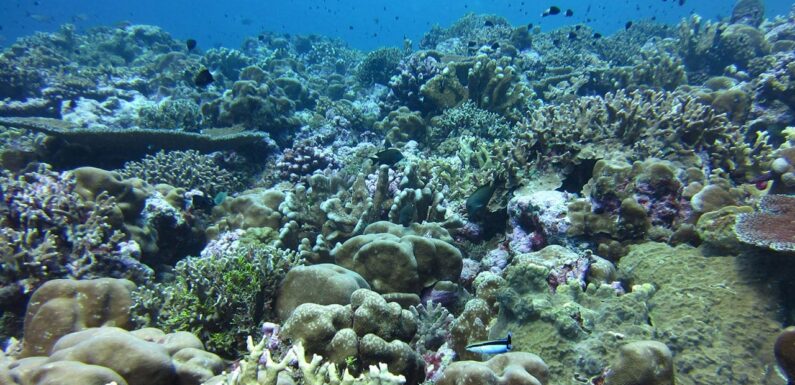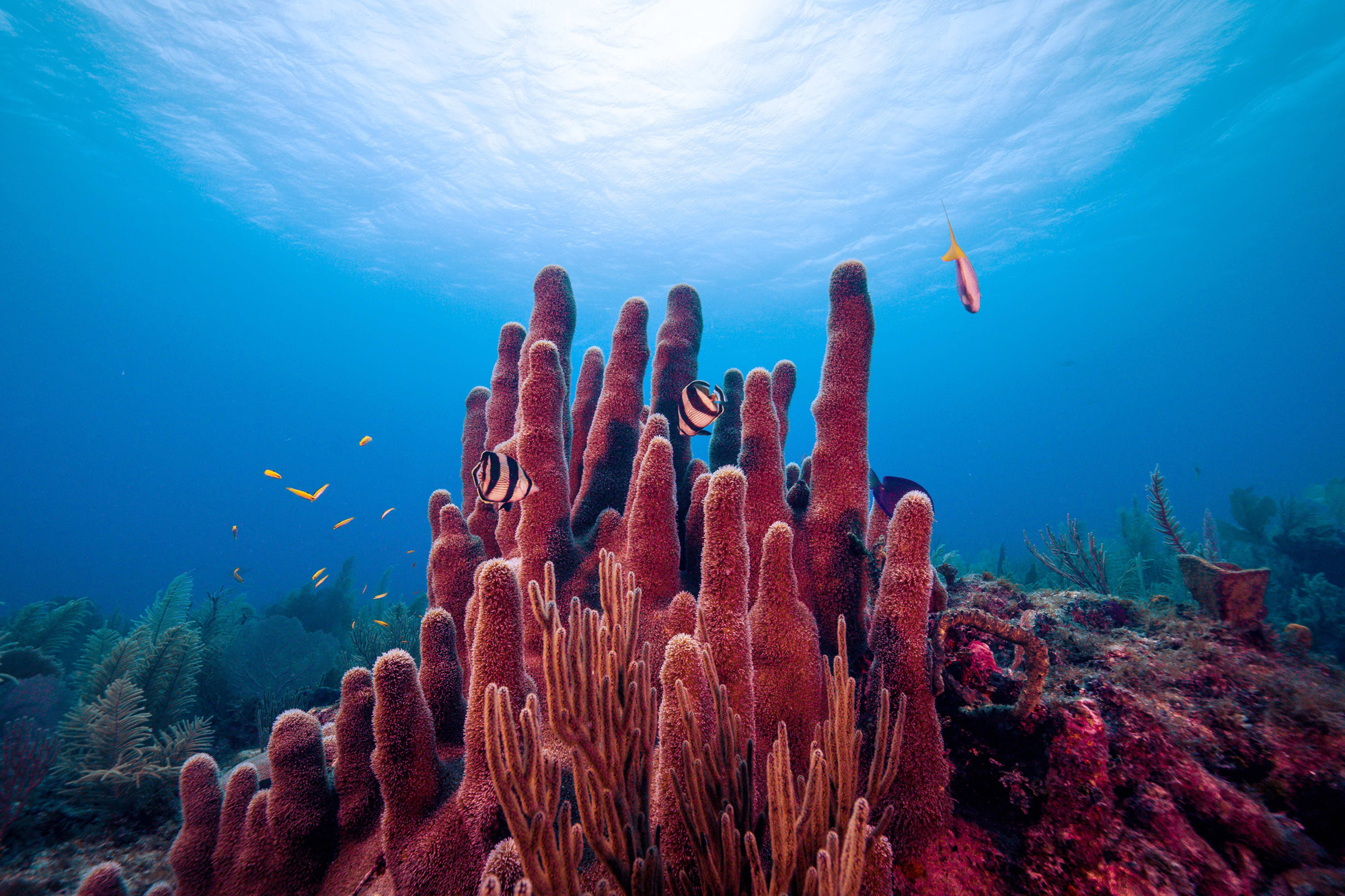
Are you searching for an incredible coral that can make your aquarium without needing extensive care? You are searching for Euphyllia ancora. It is often referred to as euphyllia Coral. This popular species of huge polyp is a complete package needed to make it an excellent tank addition. They build its own coral’s own skeleton. have attractive, large polyps that move in the water and also function as photosynthetic. They’re fairly easily broken and expand more quickly when fed.

Read on to learn how to maintain Hammer corals in your aquarium.
Natural Habitat
The Indian and Pacific oceans have Hammer coral. Ancora colonies can expand to a length of about a yard within their habitat. The majority of colonies in Saltwater tanks tend to be smaller. On the Endangered Species List, the natural range has drastically reduced over the last couple of years, which makes it more vulnerable.
If there’s any good evidence, in this scenario it’s that the branching type of this coral can be capable of being easily removed from the sea, eliminating the necessity to harvest wild.
The ideal setting for an aquarium
The maintenance and care of Euphylliacorals for saltwater aquariums requires the knowledge of a tiny amount. Euphyllia ancora, like many corals, is intolerant to nearly every copper concentration within the aquarium. It also requires continuous temperatures for water inside the tank for reefs. It’s also intolerant of any change in the water’s quality.
Calcium and alkalinity are two essential elements in the water that affect the development of your coral since they create a huge multi-layered stony coral. In the event that calcium levels become too low, the coral will die. The ideal amount of calcium is 400 ppm.
In an aquarium, where do you place the Hammer coral?
For the vast majority of fish tank reefs, the hammer corals are most effective when placed in the center of the tank, and not far from the middle. This is assuming that you have regular, solid lighting for your aquarium reef. Coral should be moved up in your water column, in the event that the lighting isn’t as strong.
This form of coral doesn’t take a lot of maintenance, so it’s a good option to consider if you’re looking for the best location for an aquarium. Keeping away from both extremes is by far the most challenging aspect. Keep an eye out for places that are well-lit and have access to lots of energy. It is more prudent to leave certain regions to SPS, since they have higher light requirements. For example, those that may be found in sites such as the Bird’s Nest.
It is recommended to stay away from poorly lit places with weak currents. In general, they need less light than other species, such as the mushroom coral or other non-photosynthetic species like the weirdly named Sun Coral. However, they require less light than other species that have a large hunger.


